As someone who loves to travel and explore, I know it can be hard to decide on the right RV. If you click on this link, you’re probably trying to learn more about traveling in a motorhome. However, their big size, and complicated setups, can be pretty confusing. Have no fear. We will walk you through some key differences between two of the most popular drivable RVs: The Class A and Class C motorhomes.
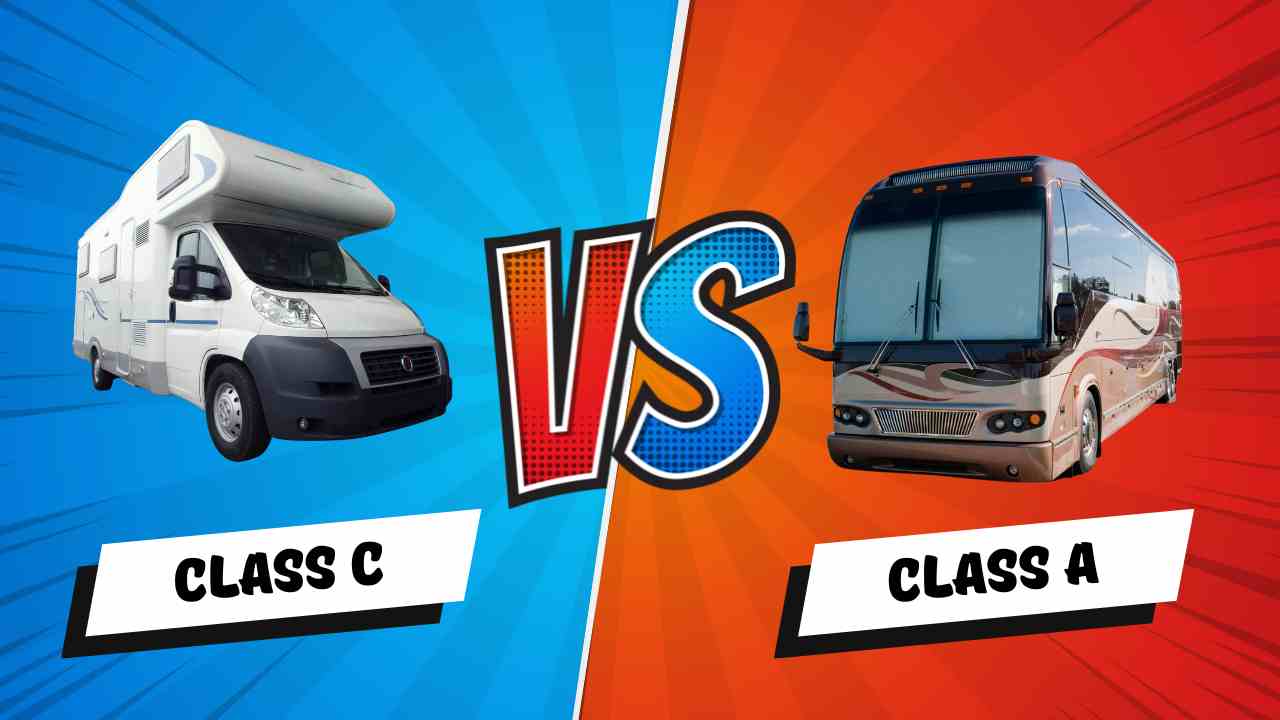
Regarding Class A vs. Class C motorhomes, there are key differences, such as size, living space, drivability, and fuel economy. Class A motorhomes are typically larger and offer more living and storage space, while Class C motorhomes are smaller and more nimble on the road. However, several other differences exist, including price, features, and power (especially if you want to tow a vehicle behind you).
In this article, I will explore the key differences between Class A and Class C RV and help you decide when to choose the right one. Whether you’re a full-time RVer or a weekend warrior, understanding the pros and cons of each type of motorhome is an essential first step to finding the perfect home on wheels for your next adventure.
What are Class A and Class C Motorhomes
Before diving into the specifics that differentiate Class A and Class C motorhomes, it’s essential to understand what each Class entails clearly. While it’s just a letter, they are pretty important in style. In addition, both types of motorhomes provide unique features and advantages, and some disadvantages that we’ll cover later.
Class A Motorhomes
Class A motorhomes are the largest and most luxurious type of motorhome available, often resembling a bus in appearance. If you’re a fan of the movie RV with Robbin Williams, this is what he’s driving. Built on a specially designed chassis, these motorhomes provide a spacious and comfortable living environment and typically offer some high-end amenities. Class A motorhomes are popular among full-time RVers and those looking for more space or a luxurious and upscale travel experience.
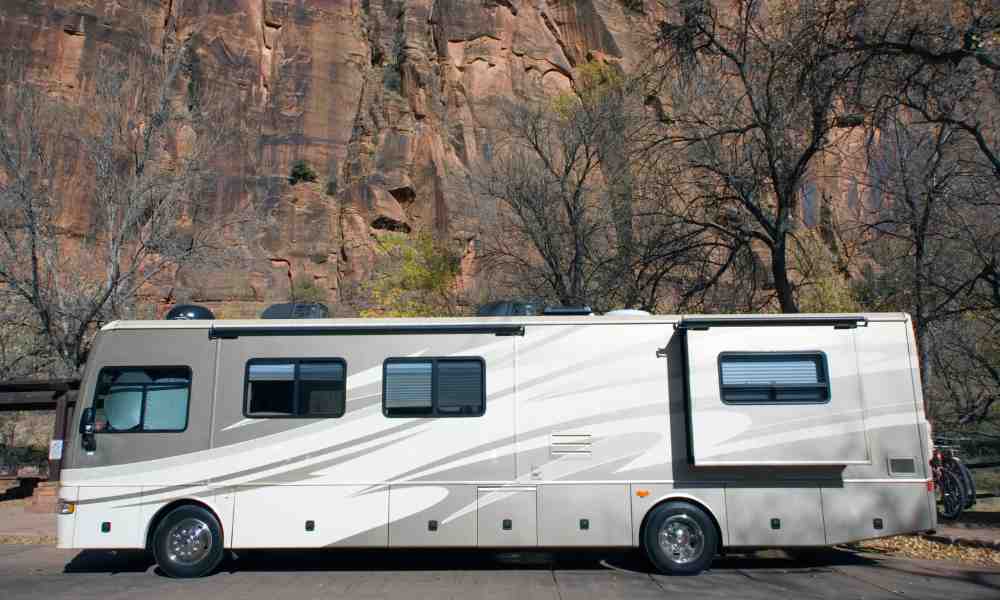
Some key characteristics of Class A motorhomes include:
- Large size: Typically between 26 to 40 feet in length, with some models up to 45 feet
- Spacious living areas: More square footage and storage capacity, providing a comfortable living space for multiple people
- High-end amenities: Residential-style kitchens, large bathrooms, advanced technology systems, and other luxury features
- Powerful engines: Capable of towing larger vehicles, boats, or trailers
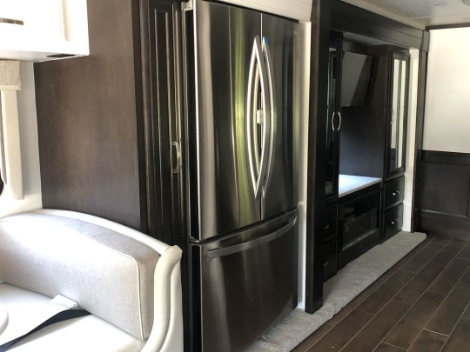
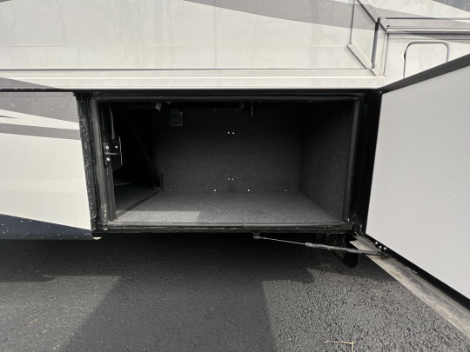
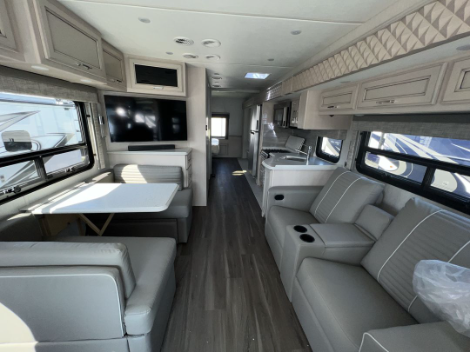
Class C Motorhomes
Class C motorhomes are more compact and budget-friendly than Class A motorhomes. However, what you lose in size, you gain in maneuverability. These are the most common types of RVs rented out through companies like RVAmerica. They’re built on a truck or van chassis, so they’ll drive more like a large truck than a bus. In addition, these motorhomes usually have an over-cab sleeping area, giving them a distinctive appearance. Class C motorhomes are popular for families, couples, and weekend warriors who want a comfortable and reasonably priced travel solution (compared to Class A) without sacrificing essential amenities.
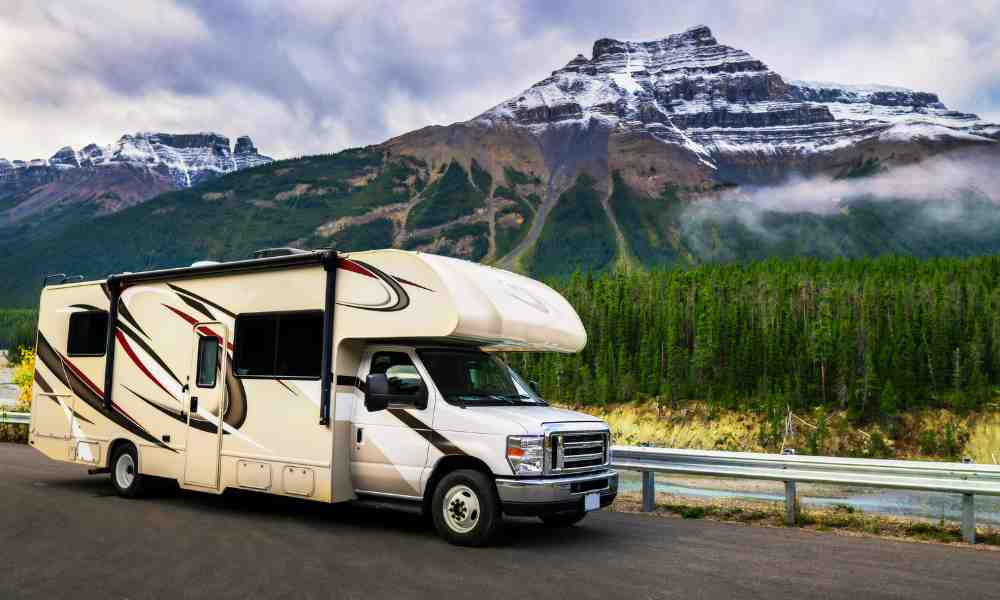
Some key characteristics of Class C motorhomes include:
- Smaller size: Typically between 20 to 33 feet in length, with some models up to 35 feet
- Manageable living space: Sufficient square footage and storage capacity for comfortable living, with fewer amenities than Class A motorhomes
- Budget-friendly: More affordable than Class A motorhomes, with lower initial purchase prices and better fuel efficiency
- More effortless drivability: More maneuverable and easier to drive and park than Class A motorhomes, making them suitable for some city driving and narrow roads
So, to narrow things down a bit, A Class A motorhome caters to those seeking a luxurious and spacious RV experience. In contrast, Class C motorhomes offer a more compact, budget-conscious option without sacrificing comfort and essential amenities. However, each style, brand, and layout will offer a unique experience that should be the more important part of your decision-making process.
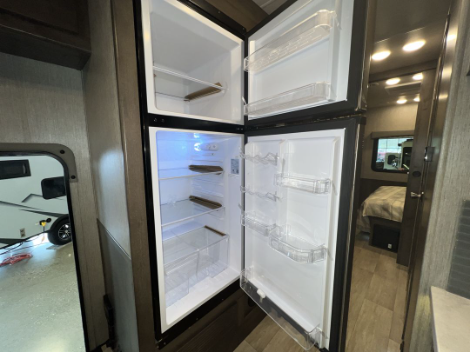
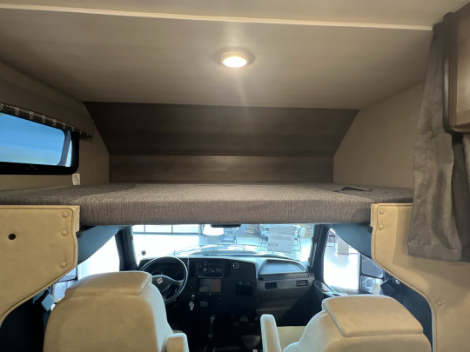
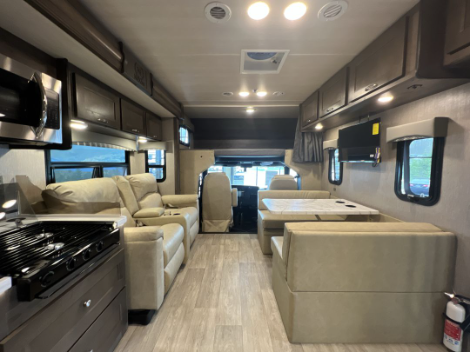
Comparison
| Class A Motorhomes | Class C Motorhomes | |
|---|---|---|
| Pros | Spacious living areas and more square footage Luxurious amenities and high-end features Greater storage capacity Higher towing capacity | More affordable initial purchase price Better fuel efficiency Easier to drive and park Compact size suitable for narrow roads and city driving |
| Cons | Higher initial purchase price Lower fuel efficiency Challenging to drive and park due to large size May be too large for some campgrounds or parking spaces | Less living and storage space compared to Class A motorhomes Fewer high-end amenities and features Lower towing capacity Potentially cramped living quarters for large groups |
Size and Space
One of the most significant differences between Class A and Class C motorhomes is their size and living space. Let’s take a closer look at each type of RV:
Class A
Class A motorhomes are known for their large size and spacious living areas. That’s likely why you see most celebrities and bands using these as their home on the road. These RVs are like rolling apartments on wheels, with amenities and features rivaling those of a traditional home. They are typically between 26 to 40 feet long, with some models reaching 45 feet.
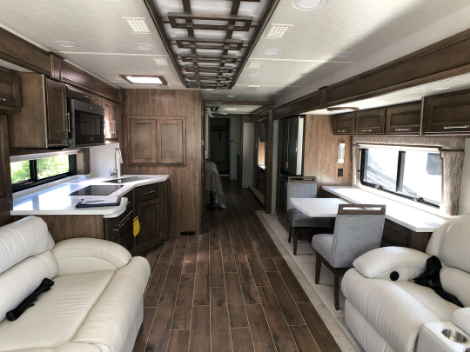
One of the advantages of Class A motorhomes is the amount of living space they offer. They have more square footage than Class C motorhomes, so they can comfortably accommodate more people. They also have larger kitchens, bathrooms, and bedrooms, ideal for extended trips or full-time living.
Another advantage of Class A motorhomes is their storage capacity. They have more basement storage than Class C motorhomes, meaning you can bring more gear and equipment on your travels.
Class C
Class C motorhomes are smaller and more compact than Class A, but they can still offer ample living space. They are typically between 20 to 33 feet long, with some models reaching 35 feet.
One of the advantages of Class C motorhomes is their ease of driving (at least easier than a large bus). In addition, they are easier to drive and park than Class A motorhomes, which can be important if you plan on doing a lot of city driving or navigating narrow roads.
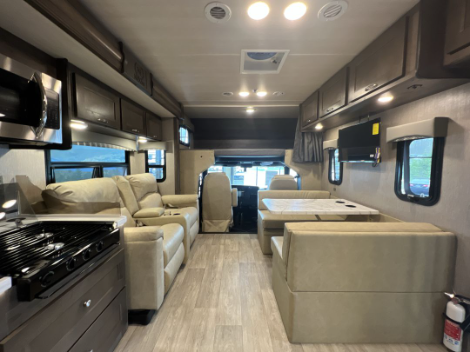
Surprisingly, you don’t need any special license to drive a Class A, but I would suggest taking some training since it will likely be stressful for your first few trips. On the other hand, I’m always fascinated watching them back into an RV spot at the campground. I’m sure the numerous cameras help.
Class C motorhomes also tend to be more affordable, making them more accessible if you’re not ready to drop over the price of a house on an RV. While not inexpensive, they are an excellent option for families or couples who want to travel comfortably without breaking the bank. You can often find affordable deals on used RVs, but always make sure you find one that is well cared for.
However, one of the disadvantages of Class C motorhomes is their limited living space. They have less square footage than Class A motorhomes, meaning they can feel cramped if a large group travels with you. They also have less storage space than Class A motorhomes, which can be a problem if you have a lot of gear or equipment to bring with you.
However, if you’re entirely new to RVs, it’s important to note that both Class A and Class C RVs will offer less overall space than larger travel trailers and fifth wheels. One of the main reasons is that a good percentage of the space is dedicated to the engine and cockpit (or driving area).
Drivability and Fuel Economy
Another essential factor to consider when choosing between Class A and Class C motorhomes is their drivability and fuel economy. As mentioned earlier, Class C motorhomes are generally more manageable and easier to drive than their larger Class A counterparts. This can play a significant role in your overall RV experience, especially if you’re new to the world of motorhomes or plan on traveling frequently.
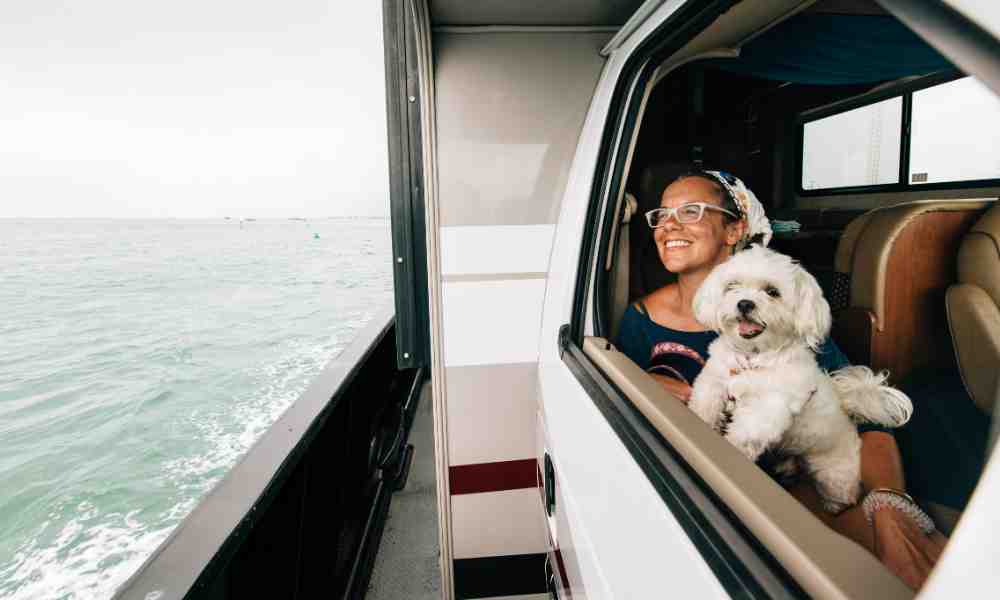
Class A motorhomes, with their larger size and weight, tend to have lower fuel economy than Class C. This means you’ll likely spend more money on gas during your trips, which can add up over time. On the other hand, Class C motorhomes, being smaller and lighter, are generally more fuel-efficient, making them a more budget-friendly option for long-term travel.
Both models will be available in diesel and gas options. You may have heard the term “diesel pusher.” This is a style of Class A where the engine sits in the back of the RV and pushes, rather than pulls, the vehicle. It’s similar to a large tour bus.
Amenities and Features
Regarding amenities and features, both Class A and Class C motorhomes offer a wide range of options to suit your needs and preferences. However, due to their larger size and higher price point, Class A motorhomes tend to come with more upscale features and amenities than Class C motorhomes. However, both will have many of the same functions regularly found in RVs. Think of it as the difference between a higher-end Toyota Camry and a BMW.
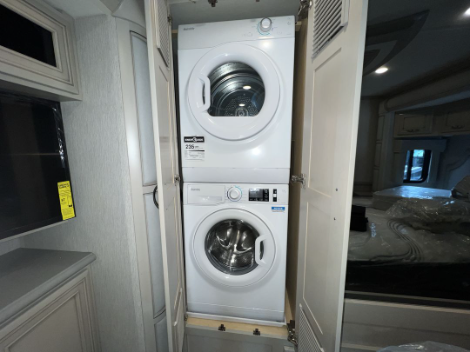
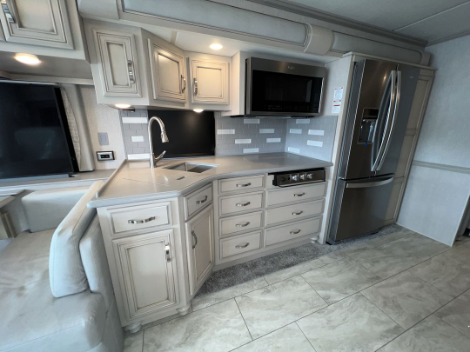
Class A motorhomes might have luxury features like residential-style kitchens, multiple slide-outs, large bathrooms with walk-in showers, and even washer and dryer units. They also typically have more advanced technology systems, such as integrated entertainment centers, power-everything, more slide-outs, and high-end systems.
Conversely, Class C motorhomes offer more basic amenities and features, although many newer models are becoming increasingly well-equipped. You can still find Class C motorhomes with slide-outs, comfortable sleeping quarters, and well-designed kitchens and bathrooms. However, they may not have the same level of luxury and technology as Class A motorhomes.
Towing Capacity
If you plan on towing a vehicle or trailer behind your motorhome, it’s essential to consider the towing capacity of each type of RV. Class A motorhomes generally have a higher towing capacity than Class C motorhomes due to their larger size and more powerful engines. This means they can tow heavier vehicles, boats, or trailers, giving you more flexibility in your travel plans. Many Class A owners will bring along a tow vehicle on their travels to explore the area while they’re set up at the campground. You don’t want to be driving a Class A through busy city streets (or at least I don’t).
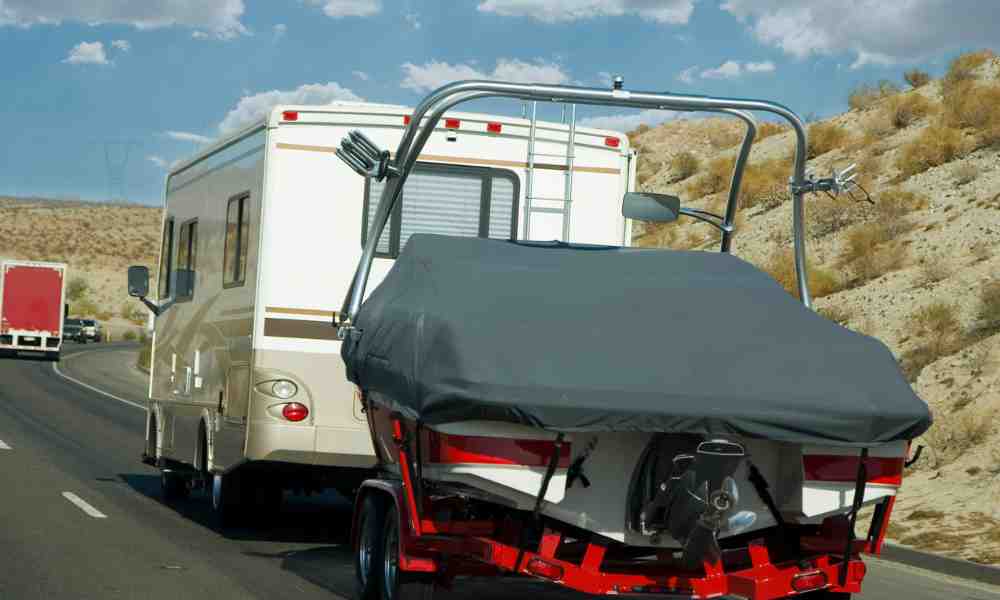
Class C motorhomes may have a lower towing capacity while still capable of towing, limiting your options for additional transportation or equipment. Therefore, it’s crucial to research the specific towing capacity of the motorhome you’re considering and ensure it aligns with your needs and expectations. It doesn’t mean it can’t be done, but you may need a more powerful Class C and a small car to tow.
Conclusion
Ultimately, the decision between Class A and Class C motorhomes comes down to your unique needs, travel preferences, and budget. Class A motorhomes offer more space, luxury amenities, and towing capacity, making them an excellent choice for those who desire a high-end RV experience and have a larger budget. On the other hand, Class C motorhomes provide greater maneuverability, fuel efficiency, and affordability, making them a popular choice for families or couples looking for a comfortable yet budget-friendly travel solution.
Whatever you choose, enjoy the journey, and I hope you make lots of great memories. Happy travels!
